Funding to fuel research to support U.S. managers and coastal communities coping with increasing and recurring harmful algal blooms
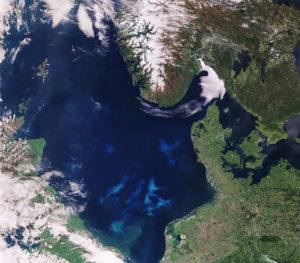
The National Oceanic and Atmospheric Administration (NOAA) has announced (U.S.) $15.2 million in funding for harmful algal bloom (HAB) research projects throughout U.S. coastal and Great Lakes waters.
NOAA’s National Centers for Coastal Ocean Science (NCCOS) has allocated $12.4 million for harmful algal bloom research, including $834,000 for three new research awards and $11.6 million for 25 continuing awards. Funded projects will optimize early warning of shellfish-killing algae; enhance detection of HAB toxins; test the use of HAB control methods in marine and freshwater; improve HAB forecasts; and investigate the social and economic impacts of HABs. A full list of the new grant awards is available.
“New projects will begin in Florida, Louisiana, Ohio and Washington to investigate the effectiveness of clay dispersal as a technology to control Karenia brevis blooms in the coastal environment of Southwest Florida; enhance the freshwater HAB toxin detection capabilities of autonomous underwater vehicles; and optimize an early warning system to support the mitigation of shellfish-killing HAB toxins in the Pacific Northwest,” David Kidwell, NOAA NCCOS Competitive Research Program director.
NOAA’s U.S. Integrated Ocean Observing System Office (IOOS) has allocated another $2.8 million for National Harmful Algal Bloom Observing Network’s related activities. Eight IOOS Regional Associations will receive a combined $1.5 million for two new and five continuing NHABON pilot programs, which will support the detection, forecasting, and monitoring of HABs.
“Projects funded this year cover most of the U.S. continental coast, including the Great Lakes, and Alaska,” said Carl C. Gouldman, Director, U.S. IOOS Office. “These have been developed by the IOOS Regional Associations in partnership with local communities and research institutions to address known needs and coverage gaps in their region. IOOS will continue to leverage local and national resources and expertise to identify innovative methods to address coastal hazards like HABs which pose a threat to lives and livelihoods everywhere.”
An additional $1 million will be allocated to establishing an initial HABs monitoring and detection testbed in the Gulf of Mexico and $314,000 for a continuing Ocean Technology Transition (OTT) project to enable offshore harmful algal bloom sampling using an autonomous surface vehicle. During this three-year pilot project, researchers will deploy a small suite of autonomous instruments to test their suitability in the turbid waters of the gulf, and build both the instrument and personnel capacity to operate, maintain and interpret data from the systems.
The Gulf of Mexico testbed is the first effort of its kind to develop the capacity to improve detection and forecasting of harmful algal bloom species, such as Karenia brevis and potential unidentified HAB species, in the gulf.
Additional funds will be used to improve monitoring and detection of HABs in California, Florida, the Great Lakes, and the Gulf of Maine; expansion and support for HAB network and resources in Alaska and the Pacific Northwest; and an ongoing community science project in the Gulf of Mexico. A full list of the IOOS new grant awards is available.
“Through NCCOS, NOAA continues to fund the latest scientific research to support managers and coastal communities across the country trying to cope with increasing and recurring toxic algae that continue to affect environmental and human health,” said Kidwell.
Algal blooms are caused by phytoplankton, free-floating microscopic algae found in both marine and freshwater ecosystems. They form the base of the aquatic food chain and are an essential nutrient for filter-feeding bivalve shellfish and the larvae of commercially important crustaceans and finfish.
Thousands of species of phytoplankton exist, but only a small subset, known as harmful algae, may be detrimental to human health. HABs can produce toxins or cause other harmful effects that can damage ecosystems, disrupt seafood supply, impact economies, and threaten human health.
The global aquaculture industry has experienced estimated annual losses in the billions due to harmful organisms like algae. In May 2021, Chilean salmon farmer Salmones Camanchaca announced harmful algal blooms had caused a biomass loss of 3,700 metric tons and a financial loss of more than $12 million in the first quarter of 2021.
Marine and fresh waters of the United States are increasingly impacted by HABs, with blooms reported in nearly every state. According to NOAA, they cause annual economic losses of up to $100 million on average and the costs from a single major HAB event can reach the tens of millions of dollars. Investments in these projects “represent a coordinated effort within the National Ocean Service to advance [the country’s] ability to observe, monitor, forecast, and manage blooms.”
Follow the Advocate on Twitter @GSA_Advocate
Now that you've reached the end of the article ...
… please consider supporting GSA’s mission to advance responsible seafood practices through education, advocacy and third-party assurances. The Advocate aims to document the evolution of responsible seafood practices and share the expansive knowledge of our vast network of contributors.
By becoming a Global Seafood Alliance member, you’re ensuring that all of the pre-competitive work we do through member benefits, resources and events can continue. Individual membership costs just $50 a year.
Not a GSA member? Join us.
Author
Tagged With
Related Posts
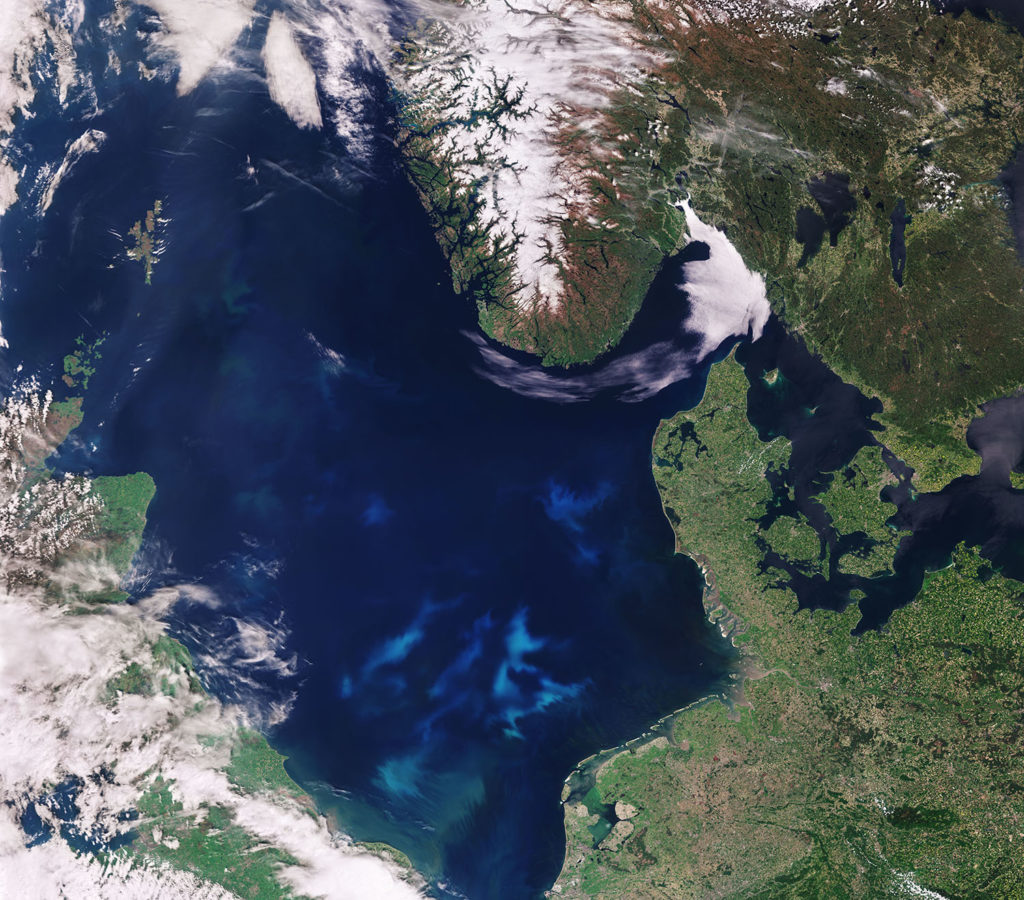
Innovation & Investment
Killers at sea: Harmful algal blooms and their impact on aquaculture
The causes and effects of harmful algal blooms have only been studied recently, as damage to the global aquaculture industry mounts.
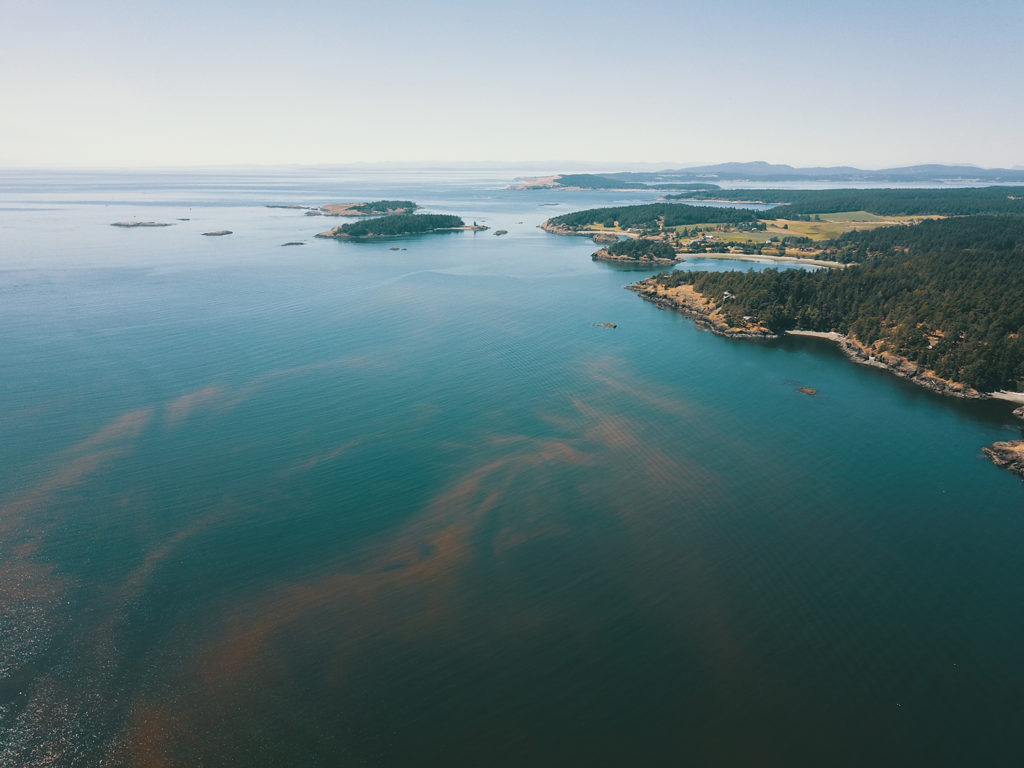
Responsibility
New technologies taking on harmful algal blooms
Emerging technologies could make it easier for fish farmers to detect and defeat harmful algal blooms, but expertise will yield best results.
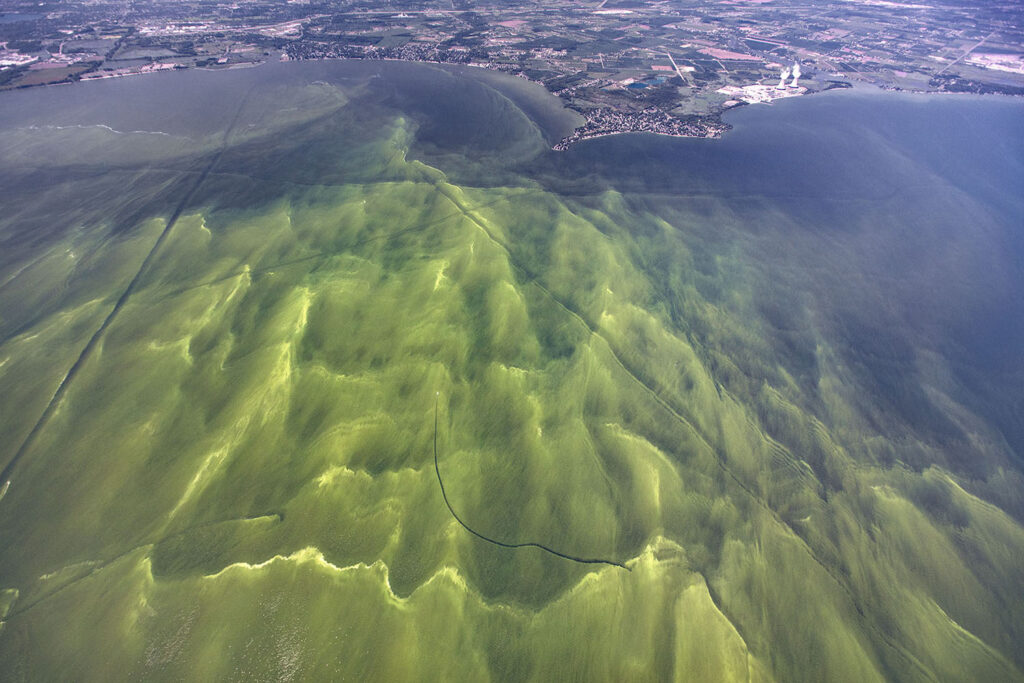
Responsibility
Climate change effects on aquaculture production
Comprehensive review explores the negative and positive sides of climate change on aquaculture production, and implications for its sustainability.
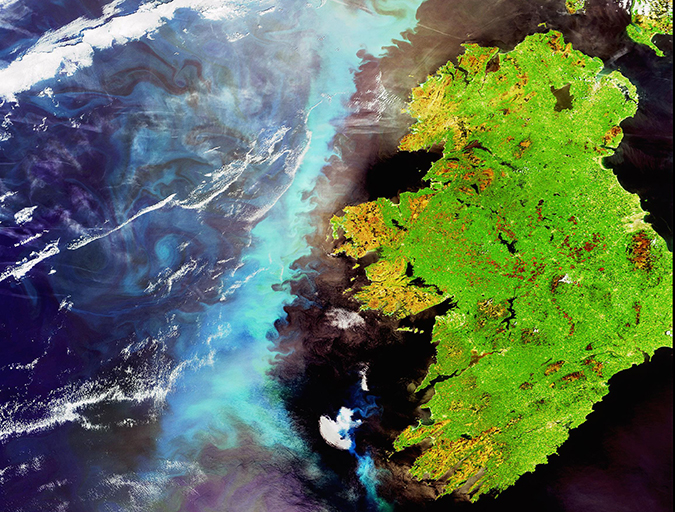
Innovation & Investment
Eye in the sky: Europe employs satellites to advance aquaculture
Copernicus – the European Space Agency’s €4.3 billion Earth Observation System – holds potential benefits for fisheries and aquaculture. The SAFI project is approaching the aquaculture sector about harnessing, and montetizing, this unique service from up above.


